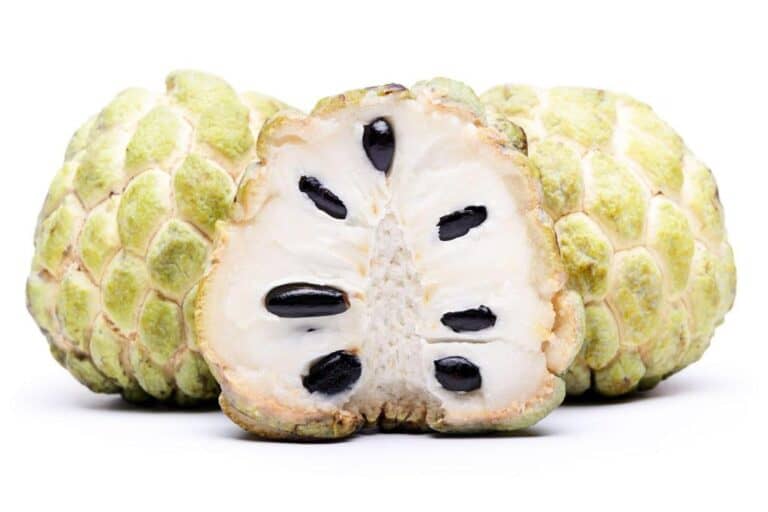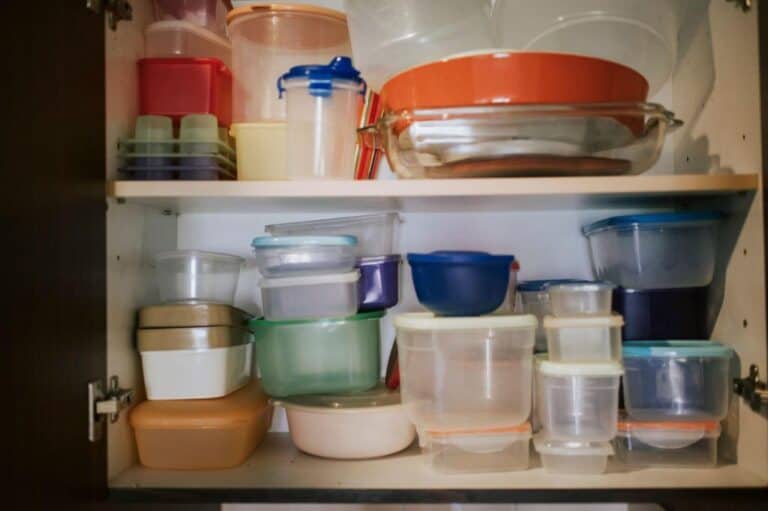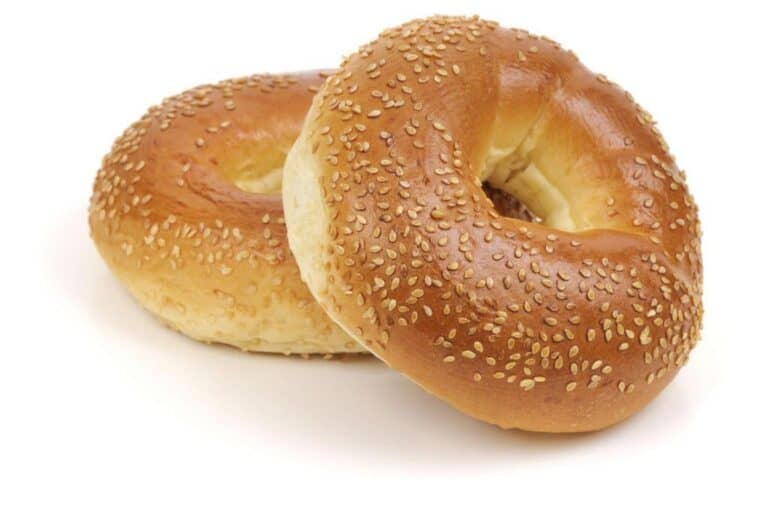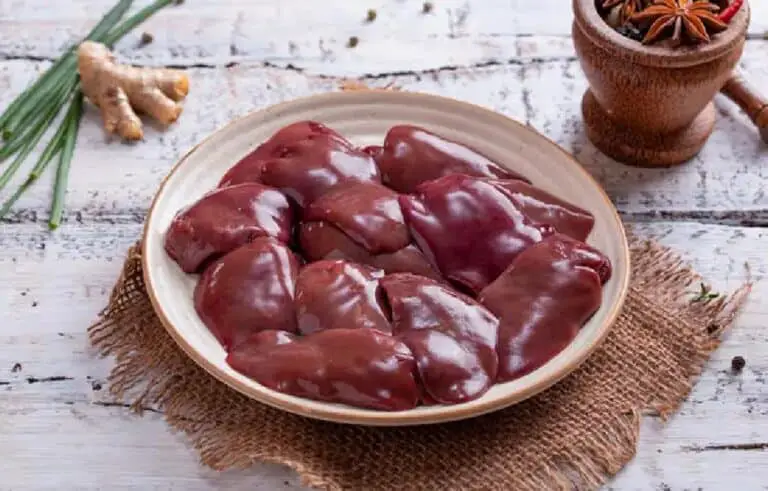Can You Safely Reheat Chicken Casserole Twice?
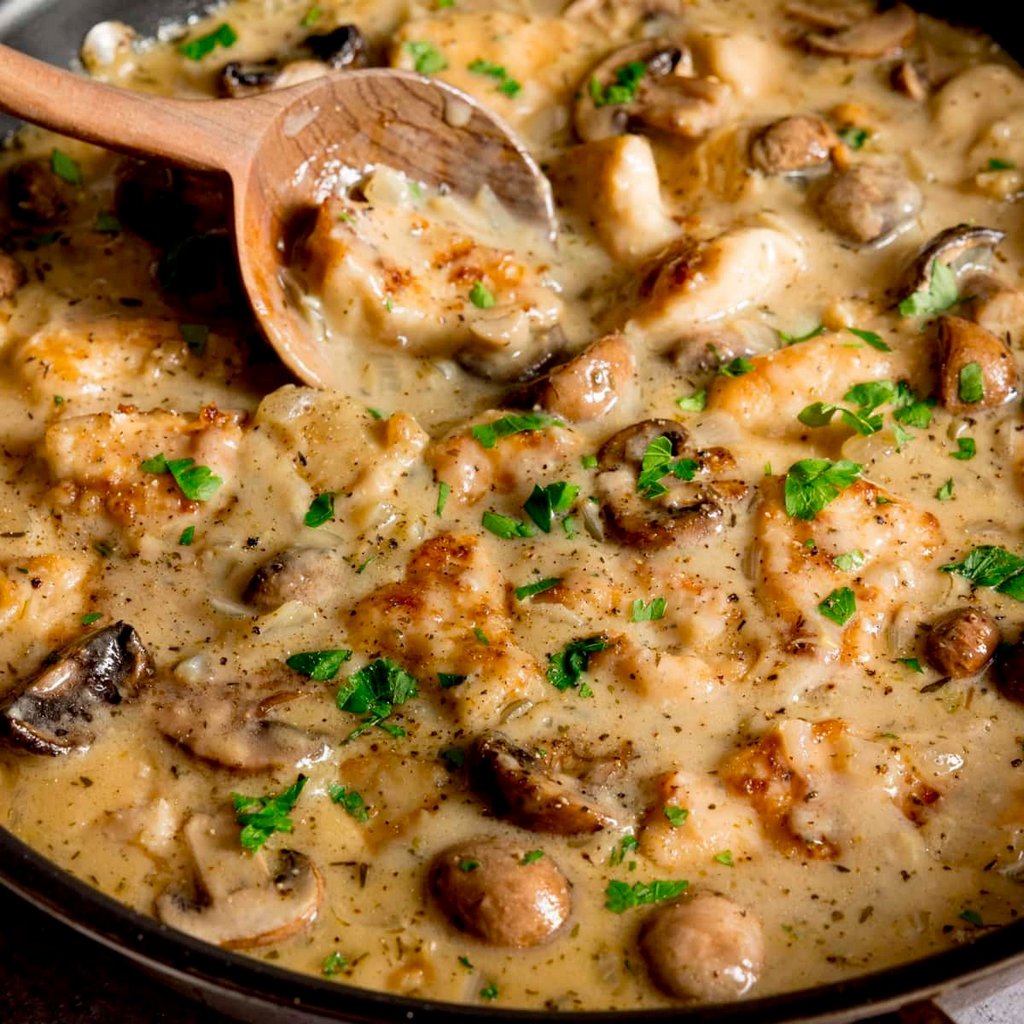
Leftovers are a common occurrence in many households, especially when it comes to hearty and delicious dishes like chicken casserole. Whether you made too much for a party or on purpose to save for quick meals during the busy week, having leftovers can save you time.
However, there is one question that often lingers in the minds of home cooks and food enthusiasts alike: Can you safely reheat chicken casserole more than once?
When it comes to reheating leftovers, particularly those containing meat, ensuring food safety becomes paramount. You need to understand the best practices and guidelines to prevent any risks associated with consuming reheated food.
In this article, we dive deep into the topic of reheating chicken casseroles multiple times and provide expert insights as well as practical tips on how to do so safely without compromising taste or quality. Let’s put those worries at ease and ensure that every bite of your reheated chicken casserole is not only scrumptious but also safe for consumption!
Determining The Safety of Reheating Chicken Casserole
When it comes to reheating chicken casserole, the first step is determining its freshness and how long it has been stored in the refrigerator. Cooked chicken can generally be safely stored in the fridge for up to four days, provided it is cooked thoroughly and promptly refrigerated.
It’s important to note that bacterial growth occurs at different rates depending on temperature. The danger zone for bacterial growth is between 40°F (4°C) and 140°F (60°C). This means that keeping your chicken casserole within this temperature range for an extended period of time could increase the risk of foodborne illnesses.
Refrigeration slows down bacterial growth significantly, but after a certain point, harmful bacteria can still multiply even at colder temperatures.
To ensure food safety, always follow proper storage guidelines by refrigerating your leftover chicken casserole within two hours of cooking. When reheating more than once, make sure each round of reheating reaches a high enough temperature to kill any potential bacteria.
It is recommended to heat leftovers to an internal minimum temperature of 165°F (74°C), as this will help eliminate any pathogens that may have developed during storage or previous reheatings.
By understanding these principles and following best practices for storing and reheating cooked chicken, you can enjoy your delicious leftover casseroles while prioritizing both taste and health and safety factors.
Can You Safely Reheat Chicken Casserole Twice?
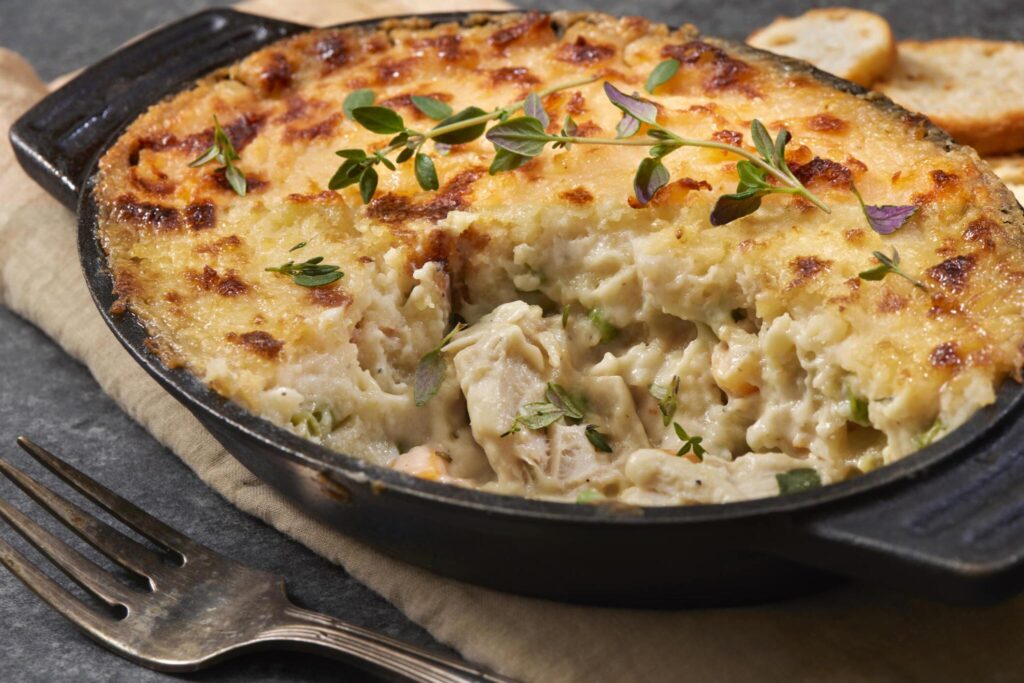
Reheating leftovers is a common practice in households around the world, allowing for meals to be enjoyed over multiple days and reducing food waste. But when it comes to reheating chicken casserole, many people wonder if it can be done safely more than once. The answer is yes; you can safely reheat chicken casserole twice as long as proper precautions are taken.
The key to safely reheating chicken casserole multiple times lies in ensuring that the food is heated thoroughly and stored correctly between each reheating session. When storing leftover chicken casserole, always refrigerate it within two hours of cooking to prevent the growth of bacteria.
You better divide larger portions into smaller containers or Ziploc bags before placing them in the refrigerator; this helps with faster cooling and also makes it easier to heat up servings later.
When reheating your chicken casserole for the first time, make sure it reaches an internal temperature of at least 165°F (74°C). This ensures that any potential bacteria present from the initial cooking process are killed off. To reheat, use either a microwave or an oven preheated to 350°F (175°C). Covering your dish with aluminum foil during this step will help retain moisture and prevent it from drying out.
Now let’s tackle reheating for a second time. Before diving back into your delicious leftover chicken casserole, there are a few things you should consider. Firstly, ensure that no more than two days have passed since its initial preparation.
Secondly, reheat only what you plan on consuming immediately; avoid repeatedly heating and cooling leftovers, as prolonged exposure at room temperature can encourage bacterial growth.
Guidelines for Reheating Chicken Casserole
When it comes to reheating chicken casserole twice, there are a few tips to keep in mind. First,
To reheat your chicken casserole, preheat your oven to 350°F (175°C) and bake for approximately 20-30 minutes until heated through. You can also use a microwave on high power with frequent stirring every couple of minutes until it is hot all the way through. It’s essential that you check the internal temperature of the dish using a food thermometer and ensure that it reaches at least 165°F (74°C) before consuming.
By following these guidelines and reheating your chicken casserole properly, you can enjoy delicious leftovers safely while minimizing any risk of foodborne illnesses.
| Related: Can You Cook Chicken Thighs and Drumsticks Together? |
Time and Temperature Considerations for Reheating Chicken Casseroles
Reheating chicken casseroles demands a careful balance between time and temperature to ensure a safe and delicious meal. Let’s dive into the essential considerations.
1. Understanding the Basics:
Time: Reheat chicken casseroles within 2 hours of removing them from the refrigerator to minimize bacterial growth.
Temperature: Aim for an internal temperature of 165°F (74°C) to guarantee the elimination of harmful bacteria.
2. Reheating Methods and Timetables:
Microwave: Reheat in 2-minute intervals, stirring in between, until reaching the desired temperature.
Oven: Set the oven to 325°F (163°C) and heat for about 20 minutes, covering with foil to retain moisture.
Stovetop: Use a low-medium heat setting, stirring frequently for even reheating.
3. Thawing:
Make sure you thaw frozen leftovers completely before reheating them. Thawing in the refrigerator overnight is recommended, as it allows for even defrosting without compromising food safety.
4. Time-Saving Tips:
Pre-slice casseroles into smaller portions for quicker and more uniform reheating.
Invest in a food thermometer to accurately monitor internal temperatures.
5. Maintaining Safety:
Never leave reheated casseroles at room temperature for more than 2 hours.
Refrigerate leftovers promptly to inhibit bacterial growth.
Signs of Chicken Casserole Spoilage
Before reheating any leftover chicken casserole, you need to identify whether the dish has gone bad. While reheating can kill some bacteria, it cannot reverse the effects of spoilage or make contaminated food safe again. Therefore, using your senses and checking for common signs of spoilage is essential.
The first indicator of spoiled chicken casserole is a foul or pungent odor. If you detect an unpleasant smell coming from your leftovers, it’s likely best to dispose of them rather than risk consuming potentially harmful bacteria.
Additionally, observe the texture and appearance of the dish. Signs such as mold growth, sliminess on the surface, or discoloration can all indicate that the food has gone off.
It’s important not to rely solely on expiration dates when determining if food is spoiled. These dates are intended as guidelines but do not account for variations in storage conditions or individual instances where contamination may have occurred during preparation or serving.
By paying attention to these visual indicators before reheating chicken casserole, you can ensure your safety and avoid any potential illness associated with consuming spoiled food.
Creative Reheating Solutions and Recipes
Reviving leftover chicken casserole doesn’t have to be a mundane task; it’s an opportunity to get inventive in the kitchen. Let’s explore creative reheating solutions that transform yesterday’s dinner into a delightful experience:
1. Deconstructed Casserole Bowls
- Break down the casserole into individual components.
- Reheat each element separately for a customized bowl, maintaining textures and flavors.
2. Casserole Stuffed Peppers
- Hollow out bell peppers and stuff them with reheated casserole.
- Bake until peppers are tender, creating a new dish with a vibrant presentation.
3. Casserole Quesadillas
- Spread reheated casserole between tortillas with cheese.
- Pan-sear for a crispy quesadilla bursting with casserole goodness.
4. Casserole Pasta Bake
- Mix reheated casserole with cooked pasta.
- Top with cheese and bake for a cheesy pasta bake with a twist.
Repurposing leftovers not only reduces food waste but also introduces exciting variations to your meals. These suggestions add a touch of innovation to reheating, making every bite a delicious surprise.
Alternatives and Adjustments
Suggesting alternatives to double-reheating chicken casserole can help home cooks maintain food safety while still making the most of their leftovers.
One option is to freeze individual portions of the casserole for future meals. Simply divide the remaining casserole into meal-sized portions, allow them to cool completely, and then store them in airtight containers or freezer bags. Be sure to label and date each portion before placing them in the freezer.
Repurposing leftover chicken casserole into new dishes is another creative alternative. Consider transforming it into a delicious soup by adding some broth, vegetables, and noodles. You could also turn it into a tasty filling for enchiladas or quesadillas by combining it with some cheese and tortillas.
In order to minimize excessive leftovers from the start, there are adjustments that home cooks can make during meal preparation. One strategy is to scale down recipes accordingly, especially if cooking for fewer people or planning smaller portion sizes. Another option is to use boneless, skinless chicken breasts instead of whole chickens or larger cuts of meat, as they tend to yield smaller amounts of leftovers.
By exploring these alternatives and making small adjustments during meal preparation, you can ensure that you have safe options for your leftover chicken casserole without having to worry about reheating twice and compromising food safety.
Conclusion
Conclusion: Ensuring the safety of reheating chicken casserole twice is all about following proper handling techniques and being mindful of food safety guidelines. By keeping a few key points in mind, you can enjoy your leftovers without any worry.
Firstly, it’s important to refrigerate any leftover chicken casserole promptly after cooking. This helps prevent bacterial growth and maintains the quality of the dish. Once stored in the refrigerator, make sure to consume or reheat the casserole within 3-4 days.
When reheating for the first time, be sure to bring the chicken casserole to an internal temperature of at least 165°F (74°C). Use a food thermometer to check this before consuming. When finished, promptly cool and store any uneaten portions again.
If you decide to reheat the leftovers for a second time, it’s crucial that you exercise caution. The cumulative time spent between each reheat increases the chances of bacterial growth. Therefore, aim to only reheat what you’ll consume during that meal and never let reheated leftover chicken casseroles sit out at room temperature for more than two hours.


